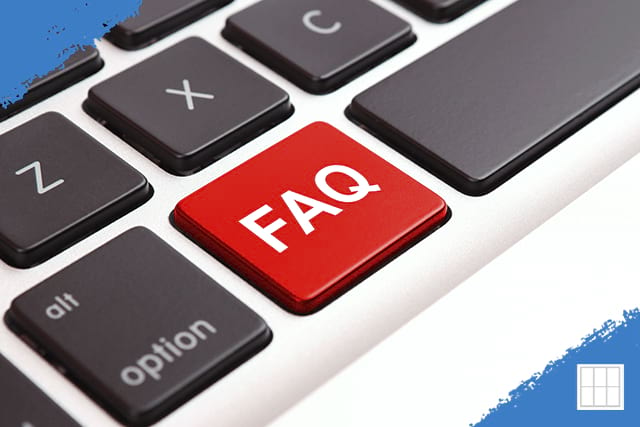Kansas City Mortgage FAQs Welcome to the Kansas City mortgage FAQs page for Metropolitan Mortgage…

Cancel Private Mortgage Insurance: A Comprehensive Guide
Private Mortgage Insurance (PMI) is often required for homebuyers who put down less than 20% on their mortgage. While PMI can help you buy a home with a lower down payment, it adds to your monthly mortgage payment. Understanding how to cancel private mortgage insurance can save you money in the long run.
What is Private Mortgage Insurance (PMI)?
Private Mortgage Insurance, or PMI, is a type of insurance that protects lenders if the borrower defaults on the loan. It’s typically required for conventional loans when the down payment is less than 20% of the home’s purchase price.
Why Cancel Private Mortgage Insurance?
Canceling PMI can lower your monthly mortgage payments, potentially saving you hundreds of dollars each year. Once you have enough equity in your home, you may no longer need to pay for PMI, making it an important financial step for homeowners.
When Can You Cancel Private Mortgage Insurance?
You can request to cancel PMI when your mortgage balance reaches 80% of the home’s original value. Additionally, PMI is automatically canceled when your mortgage balance drops to 78% of the original value, provided you’re up-to-date with your payments.
Steps to Cancel Private Mortgage Insurance
- Review Your Mortgage Statement: Check your current loan balance.
- Determine Your Home’s Value: Obtain a home appraisal to verify your home’s current market value.
- Calculate Your Loan-to-Value Ratio (LTV): Divide your current loan balance by your home’s appraised value to determine your LTV. Aim for an LTV of 80% or lower.
- Contact Your Lender: Once your LTV is at or below 80%, request to cancel PMI. Be prepared to provide documentation, such as the appraisal report.
- Ensure Good Payment History: Make sure you have a solid payment history, with no late payments in the last two years.
Automatic PMI Cancellation
By law, your lender must automatically cancel PMI once your loan balance reaches 78% of the home’s original value, assuming you’re current on your payments. This rule is part of the Homeowners Protection Act (HPA) of 1998.
PMI Cancellation and Refinancing
Refinancing your mortgage can also be a viable option to cancel PMI. If your home’s value has increased since you purchased it, refinancing can help you achieve an 80% LTV, allowing you to eliminate PMI.
Benefits of Canceling Private Mortgage Insurance
- Lower Monthly Payments: Removing PMI reduces your mortgage payment, freeing up more money for other expenses.
- Increased Home Equity: Paying off your mortgage faster and saving on PMI can increase your home equity more quickly.
Conclusion
Canceling Private Mortgage Insurance is a crucial step for homeowners looking to reduce their mortgage costs. By monitoring your loan balance, maintaining good payment habits, and understanding your rights under the HPA, you can save money and build equity more efficiently. Contact your lender to explore your options for canceling PMI and enjoy the financial benefits of lower mortgage payments.
For personalized advice and assistance, contact Metropolitan Mortgage Corporation at (913) 642-8300 or schedule a meeting with our experts.



